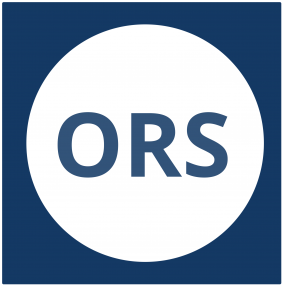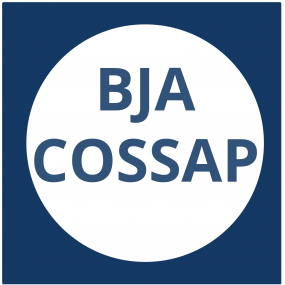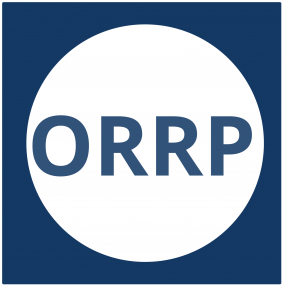Partnerships Between Public Health and Public Safety
CDC continues to build partnerships through multiple public health and public safety collaborations to strengthen and improve efforts to reduce drug overdoses. These partnerships allow for effective implementation of programs and help advance promising strategies that address the overdose epidemic. There are unique opportunities and resources for effective strategies, collaboration, and coordination that help:
- Enhance programs and policies to support the needs of those at risk of overdose.
- Bridge knowledge, data, and service gaps that impact the success of community-wide overdose prevention efforts.
The Overdose Response Strategy (ORS) is a unique collaboration between CDC and the High Intensity Drug Trafficking Areas (HIDTA) program designed to enhance public health and public safety partnerships. The mission of the ORS is to help communities reduce fatal and non-fatal drug overdoses by connecting public health and public safety agencies, sharing information, and supporting evidence-based interventions. With support from the Office of National Drug Control Policy (ONDCP) and CDC, this program offers evidence-based intervention strategies that can be implemented at the local, regional, and state level. For example, CDC partners with the National Association of County and City Health Officials to fund ORS pilot projects that enhance public health and public safety collaborations at the local level.
The Bureau of Justice Assistance’s Comprehensive Opioid, Stimulant, and Substance Abuse Program (BJA COSSAP) supports effective state, local, and tribal responses to illicit substance use in order to reduce overdose deaths, promote public safety, and support access to treatment and recovery services in the criminal justice system. CDC partners with BJA COSSAP on multiple demonstration projects, including rural responses to the opioid crisis, Overdose Detection Mapping Application Program (ODMAP) expansion in states and tribes, harm reduction education and training for law enforcement, building bridges between jail and community-based treatment, and overdose fatality review (OFR) implementation.
The Opioid Rapid Response Program (ORRP) supports state and local agencies when there is a spike in opioid-involved overdoses or closure of a clinic where patients are prescribed opioid therapy. CDC supports these efforts in a variety of ways, including establishing trusted contact relationships between federal and state law enforcement and health officials and working with the Association of State and Territorial Health Officials (ASTHO) to develop planning tools and facilitate tabletop exercises to help states better prepare for and respond to these events in ways that mitigate overdose risk. Resources include Opioid Rapid Response Teams Online Training [PDF] and Crisis and Emergency Risk Communication (CERC) in Response to an Opioid Overdose Event [PDF].
CDC partners with ONDCP to provide funding for community-based projects as part of the Overdose Response Strategy’s Combatting Opioid Overdose through Community-level Intervention (COOCLI). This effort supports implementation of innovative strategies within a targeted geographic area with the aim of building the evidence base for response activities that other communities can employ. Projects include
- Efforts on post-overdose strategies to link people to care using patient navigators and recovery coaches;
- Justice-involved populations and access to medications for opioid use disorder (MOUD); and
- Buprenorphine induction in the emergency department.
These pilot projects are taking place in high-need areas, with funding provided to support personnel, services, technology, and equipment needs.





